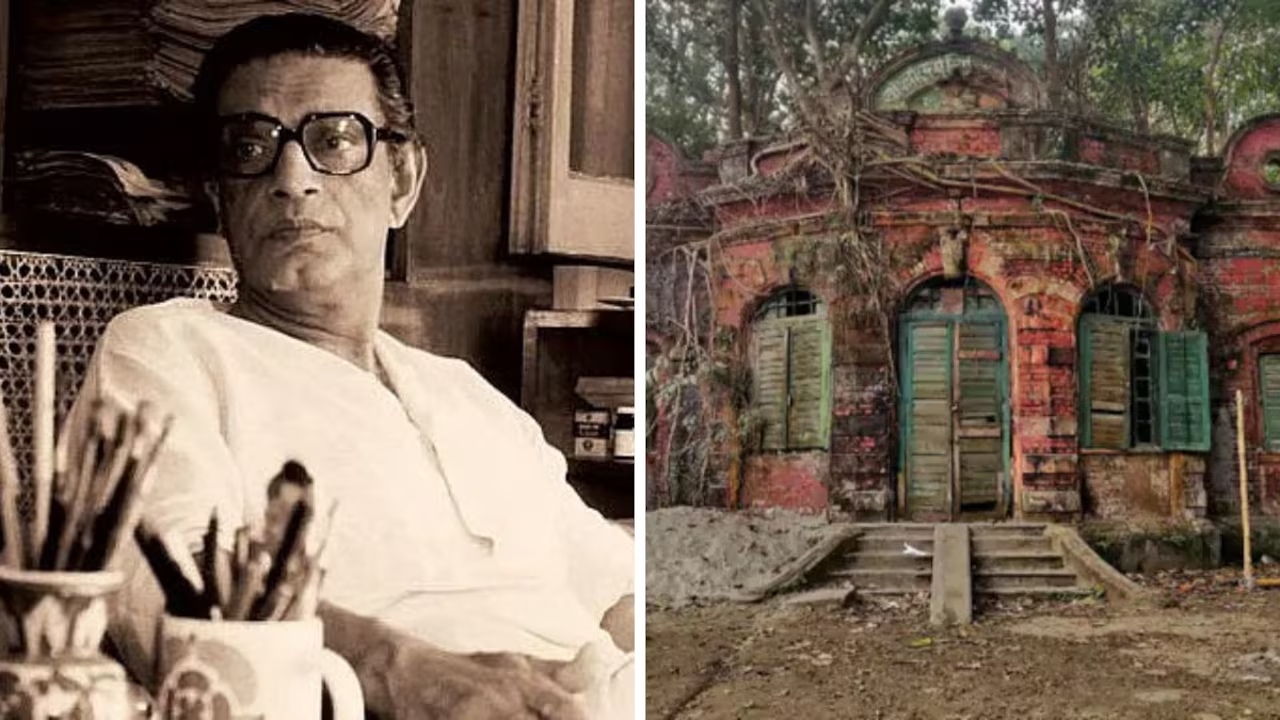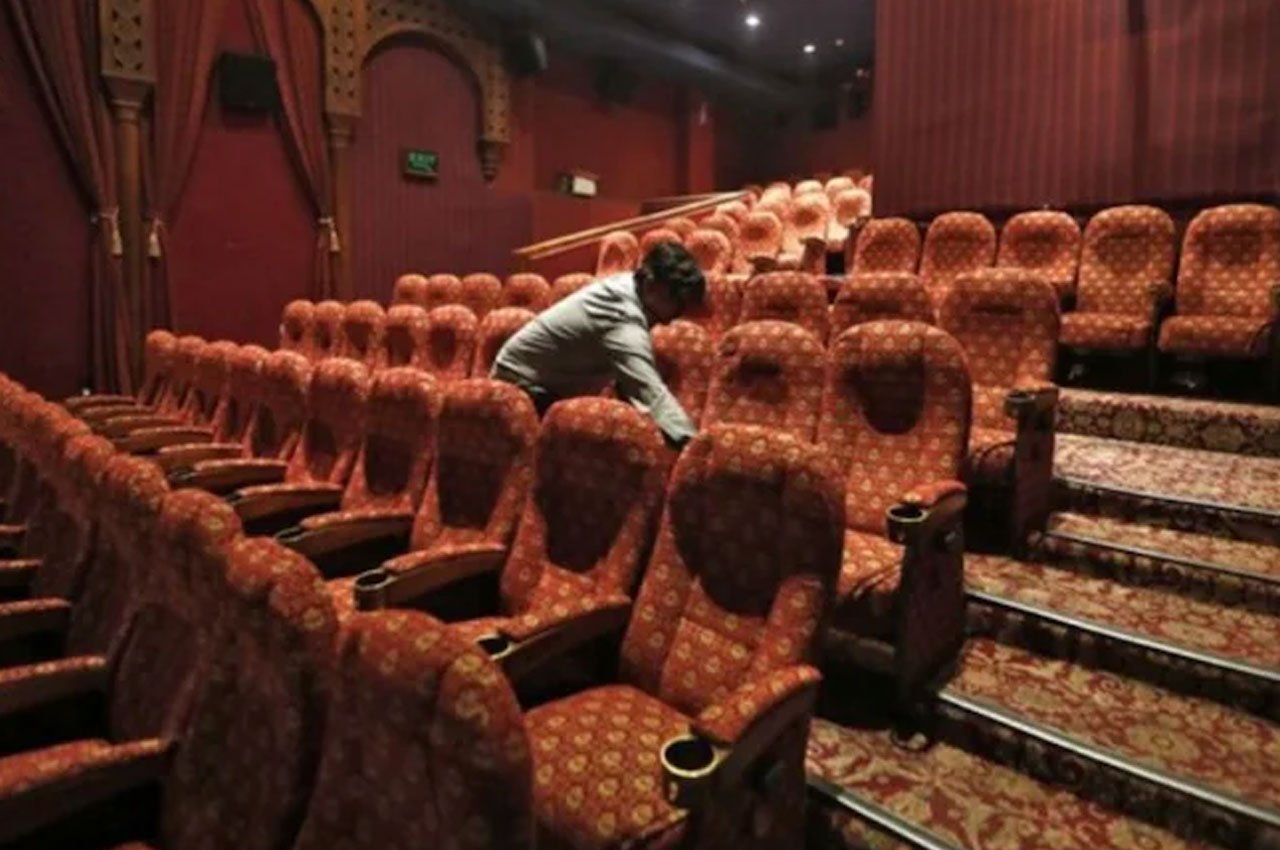The recent news of the impending demolition of Satyajit Ray’s ancestral home in Mymensingh, Bangladesh, has triggered profound concern among cultural circles across the subcontinent. Coming just weeks after the vandalism of Rabindranath Tagore’s family home in Sirajganj, this episode has cast a sharp light on the vulnerability of South Asia’s cultural heritage and the urgent need for transnational efforts to protect it. India’s offer to collaborate with the Bangladesh government to preserve the Ray family home is a welcome and timely gesture, underscoring the significance of shared legacies, not only as historical artefacts but as living symbols that continue to inspire millions.
The Historic Weight of Ray’s Ancestral Home
Satyajit Ray, towering auteur, writer, and composer belongs not just to India but to world cinema. His roots, however, trace back to an illustrious lineage that shaped the cultural landscape of Bengal for three generations. Ray’s grandfather, Upendrakishore Ray Chowdhury, built the now-threatened house over a hundred years ago. This ancestral property, located in the heart of Mymensingh, was more than just a residence. It was a crucible of innovation, where Upendrakishore’s literary and scientific pursuits laid the foundation for the creative genius of his son Sukumar Ray and grandson Satyajit Ray. The house stands as a witness to the Bengali Renaissance, a period marked by landmark achievements in literature, art, and science that reverberated across the entire subcontinent.
Why Restoration Is a Responsibility, Not a Choice
Restoring and preserving Ray’s ancestral home is not merely an act of architectural conservation. It is an ethical and cultural imperative. This building embodies the intertwined histories of India and Bangladesh and serves as a tangible testament to the shared Bengali identity that persists despite the trauma of partition.
To allow this property and all it represents – to vanish would be an irreplaceable loss to global cultural heritage. For the people of both countries, the Ray home is a touchstone that anchors collective memory, artistic progress, and literary innovation. India’s Ministry of External Affairs has rightly urged Bangladesh to reconsider the demolition and suggested transforming the property into a museum celebrating the “shared culture” of both nations. Such institutions serve as powerful bridges across contemporary divides, magnifying the values of inclusivity, creativity, and humanism.
Welcoming India-Bangladesh Collaboration
India’s expression of “profound regret” and offer of assistance to preserve Ray’s home must be seen as more than diplomatic nicety. It marks a welcome opportunity for historic and cultural collaboration. By joining forces, India and Bangladesh can set a precedent for how neighbouring nations with shared heritage can work together to safeguard their past for future generations. Transnational cooperation in heritage preservation not only protects physical structures but also nurtures people-to-people ties, promotes cultural tourism, and signals a unified commitment to pluralism and tolerance.
The Broader Pattern: Lessons from Mirza Ghalib and Others
The threat to Satyajit Ray’s home is part of a troubling pattern of neglect and endangerment facing landmark cultural sites across South Asia. Consider the example of Mirza Ghalib’s haveli in Old Delhi. For decades, the home of India’s most celebrated Urdu poet languished in disrepair before eventual restoration efforts turned it into a museum. Ghalib’s haveli now draws admirers from across the world, serving as an oasis for lovers of poetry and history and a case study in successful preservation.
Similarly, the recent attack on Tagore’s ancestral house in Bangladesh exposed the fragility of even the most iconic heritage structures. These episodes highlight how heritage management must be continuously vigilant and responsive, especially amidst rapid urban development, shifting demographics, and occasional communal tensions.
Moving Forward: Building a Legacy for All
The preservation of heritage is not nostalgia; it is an investment in the future. Places like Ray’s ancestral home can serve as living institutions—spaces for learning, creativity, and dialogue. Restoring and reimagining such sites as museums, literary centres, or research institutes can galvanize local communities and foster international goodwill.
Both India and Bangladesh stand to gain from the protection and celebration of figures who transcend borders. By making Satyajit Ray’s ancestral home a monument to shared achievement, the two countries can reaffirm their commitment to cultural diplomacy, educational exchange, and the unbroken power of creativity.




